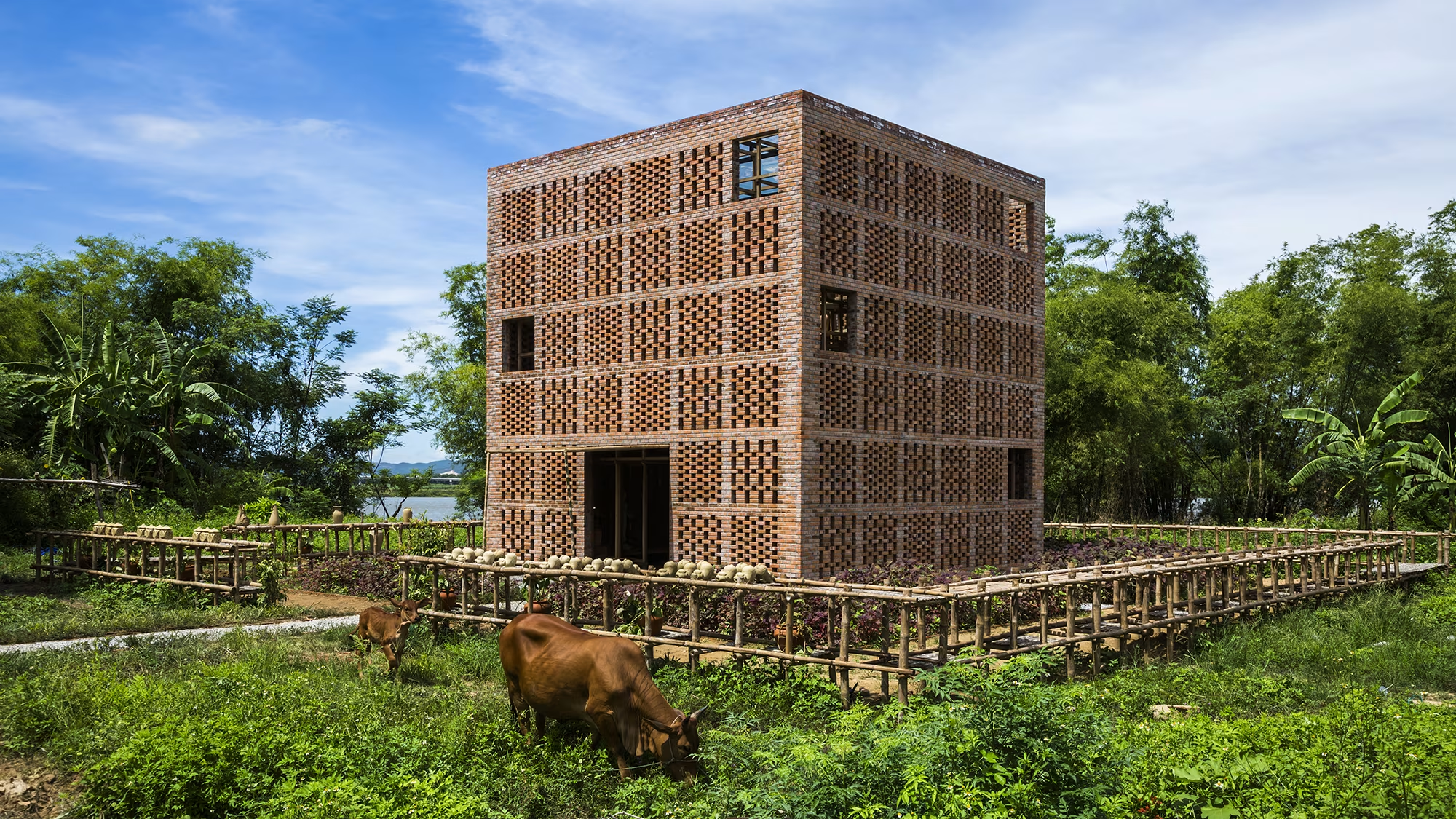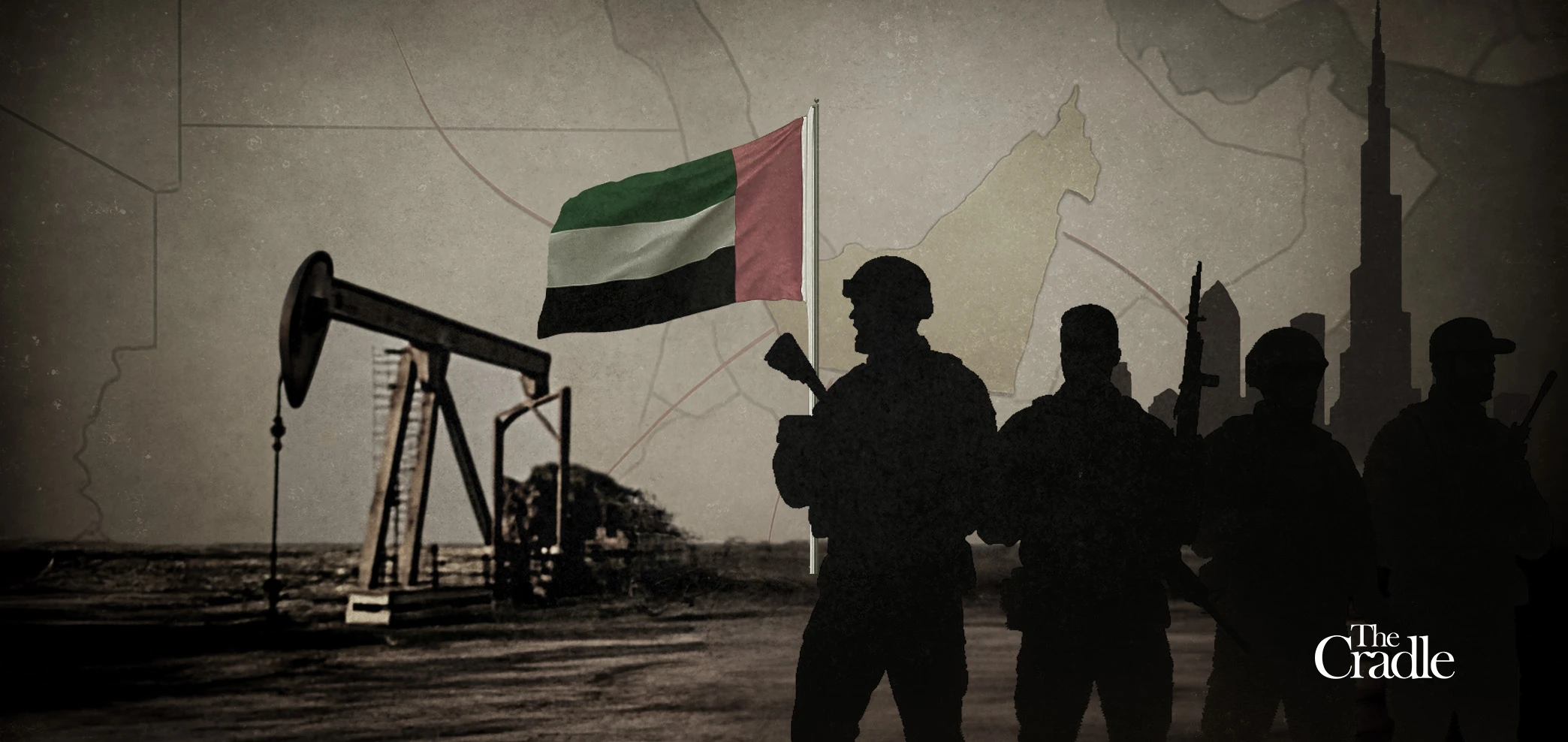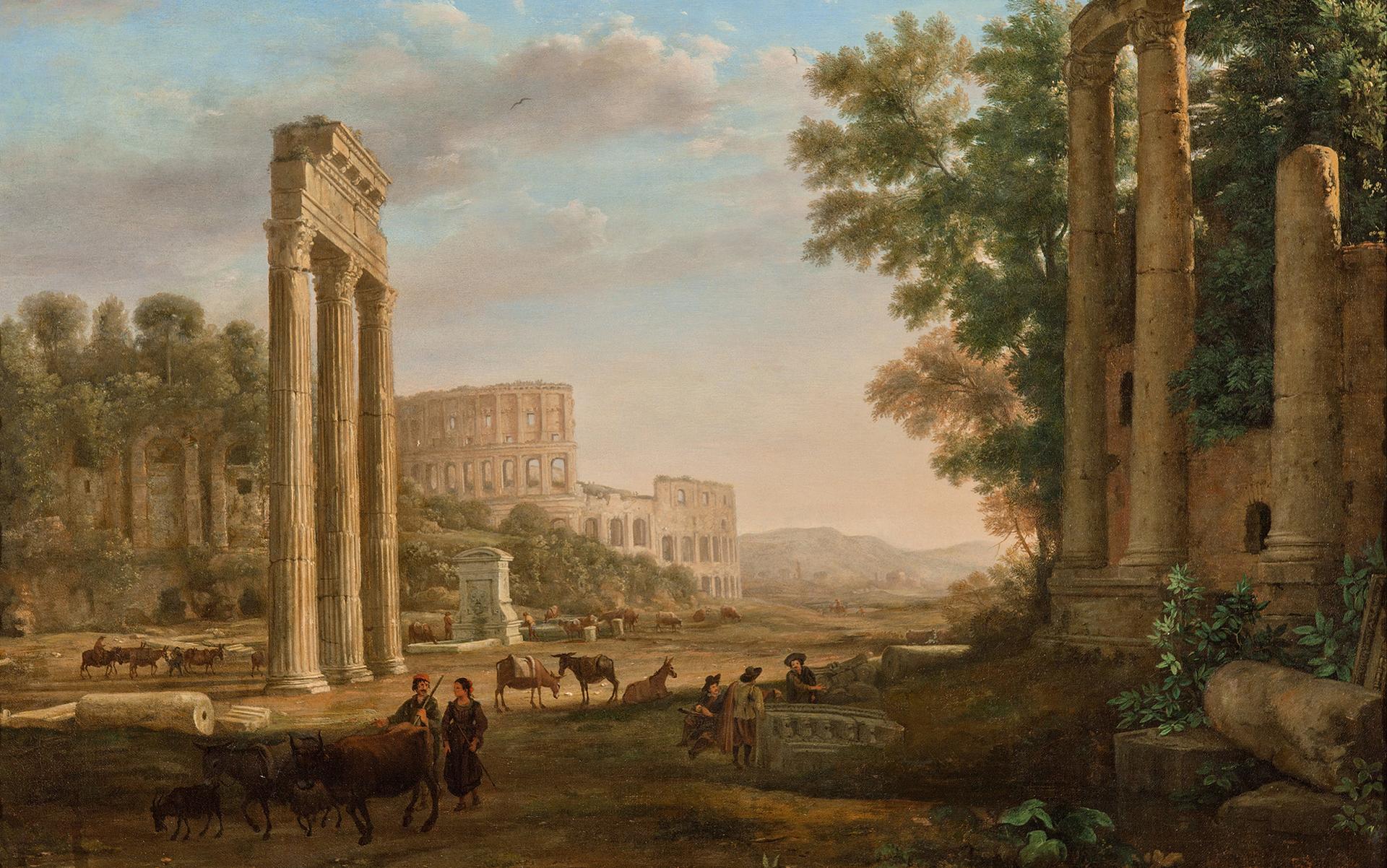by KAMRAN ASDAR ALI

A person of immense courage, resilience, simplicity and sacrifice, this communist leader is a beacon in the movement for women’s rights in India.
I sometimes feel that when future generations remember all of you, will they ever think of Alys (Faiz Ahmad Faiz’ wife) or me. We have always walked with you, although you were a step ahead of us. Sometimes you would look back to perhaps make sure that we were still there, following behind you. And we would reassuringly smile back although our hearts would cry out in pain.
– Excerpt from a letter by Razia Sajjad Zaheer, wife of Sajjad Zaheer, to Faiz Ahmad Faiz in June 1951 when Faiz and Zaheer had been imprisoned in the Rawalpindi conspiracy case. Current Time 0:00/Duration 2:04
In the opening pages of her novel, Aakhir e Shab ke Humsafar, the writer Qurratulain Hyder depicts a scene in a crumbling old house in the early 1940s in the old city of Dhaka where the protagonist (a young Bengali Muslim woman, Deepali) and her Christian friend (Rosie Banerjee) are welcomed by a young man called Mahmood ul Haque. In the conversation that follows, Rosie (a reverend’s daughter), is shown as possessing progressive ideals yet holds biases regarding Muslims; she thought of them as fanatics, toadies of the British and womanisers, not always in that order. So, while speaking to the mostly young Muslim men in this gathering Rosie is surprised to notice that many among them had Left leaning political views.
A back and forth ensues while Rosie’s hosts share a list of names of Muslim revolutionaries and radicals in India and elsewhere, like the Indian student Mirza Abbas who had been taught how to make bombs by the Russians, and of the great Indian revolutionary who died penniless in the US, Maulana Barkatullah. The Muhajareen, which included people like Shaukat Usmani, Fazal Ilahi Qurban and Ferozzuddin Mansoor, who had traveled to the Soviet Union in the early 1920s to study at the University of Eastern Toilers, were mentioned. Finally, Dada Amir Haider’s (the seaman/lashkar who became the member of the communist party in the US) name was added.
The Wire for more











